Miaofeng Mountain
Maofengshan, or Miaofeng Mountain is one of the famous mountains located in Mentougou, about 60km northwest of Tiananmen Square in the centre of Beijing. Miao Feng Shan literally means “mountain of wonderful peak”. Its highest peak reaches the altitude of 291 meters.
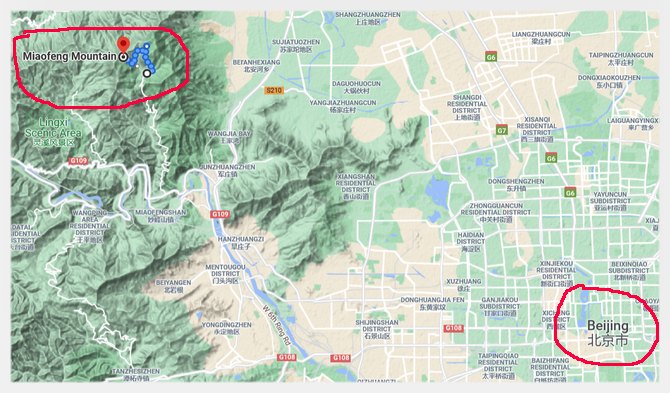
Miaofeng Mountain is well known for the old temples on its hilltop, as well as its rock, pine trees and flowers. The most worth visiting is Miao Feng Shan Goddess Temple, or locally called as Niang Niang Miao ( 娘娘庙 ).
The Goddess Temple at Miao Feng Shan is offered to Bixia Yuanjun (碧霞元君), also known as the “Heavenly Jade Maiden” ( 天仙玉女 ) or the “Empress of Mount Tai””(泰山娘娘). According to one of the legends, she is the daughter of the Emperor Lord of Mount Tai.
Mount Miaofeng Pilgrimage Path
Miao Feng Shan Pilgrimage Path once was a famous ancient path leading to the Miao Feng Shan Temple. Now the path has been renovated, still used by hikers and pilgrims.
Actually there are four popular ancient pilgrimage paths to the Temple, namely South Path, Middle Path, Mid-North Path and Old North Path.
The pilgrimage path can be traced back to the year of 1629 in the late Ming Dynasty ( 1368 – 1644). The Miao Feng Shan Temple was set up in Yuan Dynasty ( 1279 – 1368 ) when Yuan started to build Beijing city.
The pilgrimage was halted both during the Anti-Japanese War ( 1937 – 1945 ) and Cultural Revolution ( 1966 – 1976 ). The pilgrims are not just from Beijing, they also come from Tianjin, Shanghai and other parts of China.
Virtual Hiking Tour of Miaofeng Mountain Pilgrimage Path
Join us to hike the most famous pilgrimage trail along the ancient mid-north path to feel the history and enjoy the stunning Miao Feng Shan views as well.
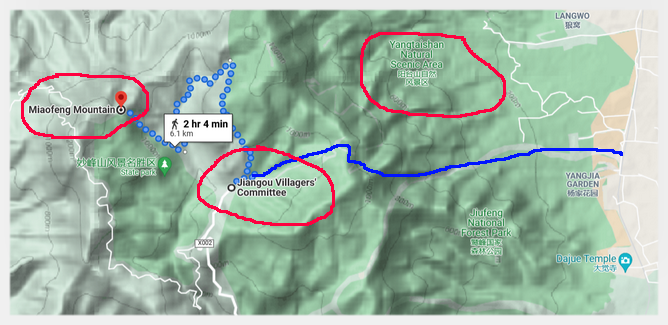
Our GBS guides us on the shortest road to the starting point – the mid-north pilgrimage trail. Now we are passing the Qinghe Toll Gate (清河收费站)of Jingzuang Highway (the same highway to Badaling Great Wall, but not that far).
After about 10-minute drive, we get off the highway at Exit 16, then turn left at the cross, embark on Beiqing Road (北清路). Now we are driving on the Beiqing Road. At the end of the Beiqing Road, there is a placard pointing to Jiufeng Mountain and Yangtai Mountain on the right side; the left to Dajiu Temple.
We choose the right side direction to Yangtai Mountain. The mountain on the picture is Yangtai Mountain. We are supposed to hike over the mountain along the ancient pilgrimage path and continue to walk through the ancient trail on Miao Feng Shan Mountain.
The hilltop of Yangtai Mountain is the administration line between Haidian Disrict and Mentougou District. The west of Yangtai Mountain is under the jurisdiction of Mentougou District while the east under Haidian District.
At the end of Beiqing Road, we turn right. Again we see a placard guiding us to turn left to Yangtai Mountain and Jiufeng Park.
The main reason of our choosing the mid-path through Yangtai Mountain is that this ancient path was sponsored by An Dehai, the most feared grand eunuch of the imperial court, one of the two eunuchs favored by Empress Dowager Cixi (29 November 1835 – 15 November 1908) who ruled China during the last years of the Qing dynasty for 40 years.
He paid to build the path to please Empress Ci Xi who wanted to visit Miao Feng Shan Goddess Temple.
The entrance of the ancient mid-north pilgrimage trail is also the entrance to the Yangtai Mountain Scenic Area. The Yangtai Mountain Scenic Area entrance fee is RMB 20 per person.
Yangtai Mountain Scenic Area Enquiry Tel: 62464550
Yangtai Mountain Scenic Area Complaint Tel: 58711888
Now follow us to hike up and cross over Yangtai Mountain along the ancient pilgrimage path. The ancient pilgrimage path on the Yangtai Mountain takes up 80 % of the total length of the ancient mid-north pilgrimage path to Miao Feng Shan Goddess Temple.
The entrance to the ancient pilgrimage path.
A huge stone carved with the Chinese characters ” 妙峰古道” meaning ” Ancient Miaofeng Pilgrimage Path” stands on the entrance.
We are walking on the stairs made of local slabs. The Eunuch An Dehai funded the pavement of this path. It was recorded that a large number of local villagers were employed to tackle all kinds of difficulties to pave the path in the mountainous area.
It was said that each piece of stone slabs represents one liang of silver spent ( a unit of weight, 1 Liang equals about 0.005kg).
On the ancient path, there were five tea shelters, and some of them have been restored for people to take a break and enjoy tea. This is the first tea shelter on the path – Xiangqiang Tea Shelter (响墙茶棚).
After half an hour hiking, we arrive at a platform on the hillside. It is the administration office of Yangtai Mountain Scenic Area.
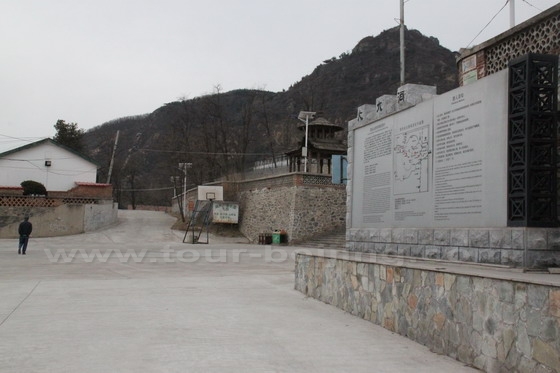
We continue to trudge up the slab steps on the ancient path
This is a huge camel-shaped rock on the path, one of the three most famous rocks in Yangtai Mountain. It is 5 meters high and 7 meters long. It has two protruding humps, hence the name of Camel-shaped rock.
We are approaching the second tea shelter – Chaoyangyuan Tea Shelter. Facing east, the tea shelter was said to be built during the reign of Emperor Daoguang in Qing Dynasty and demolished during the anti-Japanese War. Now it was rebuilt 1997.
The Jinshan Temple is in sight. The Jinshan Temple was also known as Jinxian Nunnery. No historical record tells the exact date for the establishment.
It was one of the eight palaces for resort during Jin Dynasty by the emperor Zhangzhong in the mountain west of Beijing.
The spring water at Jinshan Temple has a wide reputation. Everyday, many people come here to take the spring water. Some of them even take a car, even a truck of spring water.
Again we hike up the hill along the stair of slabs.
March on the stone steps of slabs.
We come across the No.08 positioning where you can have your mobile recharged and ask for help by telling your position.
We look back and see the distant city below. It is quite hazy with low visibility.
Continue to scramble on the path and the No.07 Positioning is in sight.
On the both sides of the path, there are numerous ancient trees of precious species. The path is embellished with green bamboos, pine trees, walnut trees, peach trees etc and sheer rocks and mysterious caves.
This is the No. 06 Positioning. We have just crossed over one peak and hike down to the valley and continue to trudge up the final peak on the ancient path of Yangtai Mountain.
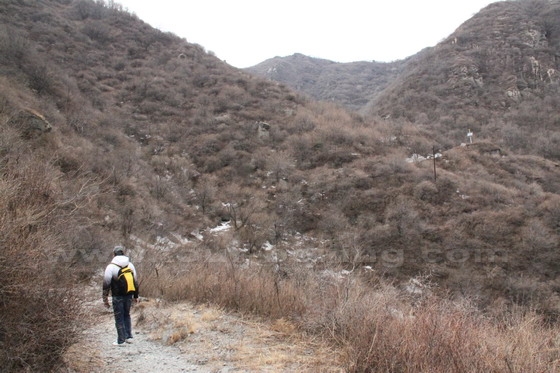
On the way to the final peak.
We say goodbye to the No.01 Positioning which tells that we are close to the hilltop of Yangtai Mountain.
We have successfully hiked the ancient pilgrimage path of Yangtai Mountain Section. Crossing over the fence we are on a platform with entrance from the top.
The entrance on the hilltop includes the ticket office and a toilet. Now it is a low tourist season. Both the ticket office and the toilet are closed. Now we are on the side of Mentougou District. Hiking the Yangtai Mountain section of the ancient path takes us about three hours.
We are bewildered by the highway on the hilltop which is also the division line between Haidian District and Mentougou Disgtrict. The ancient path is missing! With the help of a local villager, we easily find the ancient path which is just on the other side of the highway.
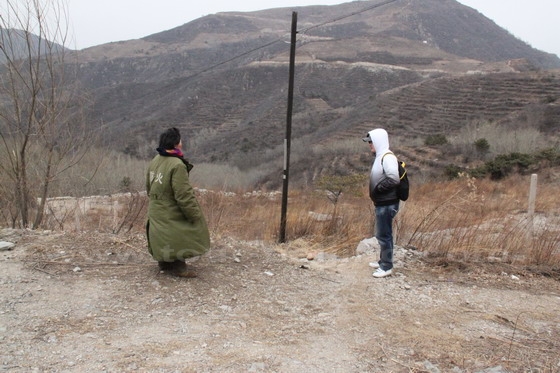
Now we continue to walk along the ancient path. But this time we hike on the Mentougou section of the ancient path. It is an easy walk, all the way down to the village.
Again the ancient path is cut by the mountain highway. This time we have the experience to find the way. We just cross over the highway and hike down the ancient path.
Soon we reach a big tree with a toilet nearby. We take a break and continue to walk. Now the ancient path is totally cut and disappears.
This time we take the mountain highway leading to Jiangou Village, the most important and final village on the way to Miao Feng Shan Temple.
The Jiangou Village is in sight with the famous Miao Feng Shan Goddess Temple standing above on the hilltop. The ancient path behind the village leads up to the Temple. From the picture you can easily perceive the path.
This is the main road inside the village. We have a very simple lunch in the village. For the village, you may check Jiangou Village for more information.
After lunch, to save time, we don’t hike along the ancient path behind the village. Instead we drive up to the Temple on the top.
The road condition is very good. Now it is a low tourist season. it is very easy to drive on the way to the top.
The entrance to the Miao Feng Shan Goddess Temple. The stone archway is carved with the Chinese characters of “金顶妙峰山” literally meaning “Golden Top of Miaofengshan” written
the Emperor Kangxi in Qing Dynasty.
Entering the Temple.
The rock and pine trees with Chinese characters
Walk up along the stairs and visit Huiji Temple which comprises eight shrines including the most important Miao Feng Shan Goddess Temple.
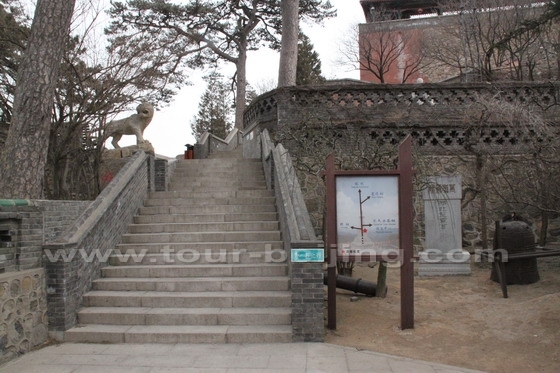
The White Pagoda is in front of the Temple.
The Huiji Temple, or the Miao Feng Shan Temple, a three-religion temple including Taoism, Buddhism and Confucius.
Inside the Huijin Temple, or locally referred as Miao Feng Shan Goddess Temple.
Tip: Hassle-free Beijing Guided Tours
If you don’t want to go the do-it-yourself route and prefer the hassle-free escorted tours, here are some options for guided tours to Beijing:
Car Rental in Beijing
Beijing Day Tour
Beijing Tour Packages
Beijing Winter Tour
Beijing 5 Day Winter Tour Package
Great Wall Tour
Beijing Tours
China City Tours
China Tour
Further Readings
Best Time to Visit Beijing
How to plan a trip to Beijing
Top 10 Attractions in Beijing
Top 10 Tourist Scams Beijing
How to Visit Forbidden City
How to Visit Temple of Heaven
How to Visit Summer Palace
How to Visit Ming Tombs
How to Visit the Great Wall of China
How to Visit Tiananmen Square
How to Visit Hutongs
How to Visit Olympic Sites
Top 10 Markets in Beijing
Top 10 Shopping Malls in Beijing
Beijing Shopping
Wangfujing Night Snack Street
Qianmen Commercial Street
Beijing Huguosi Street
Any questions, just drop a line.






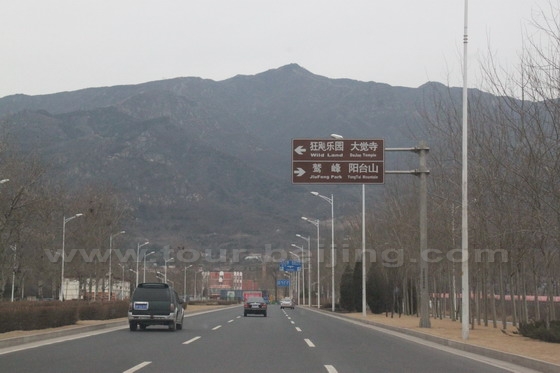
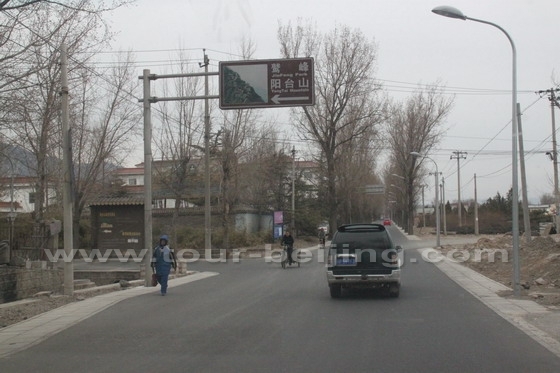

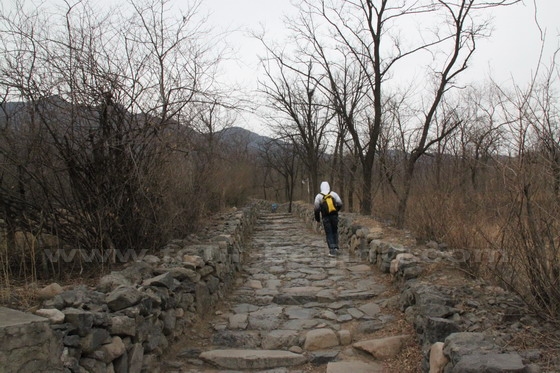
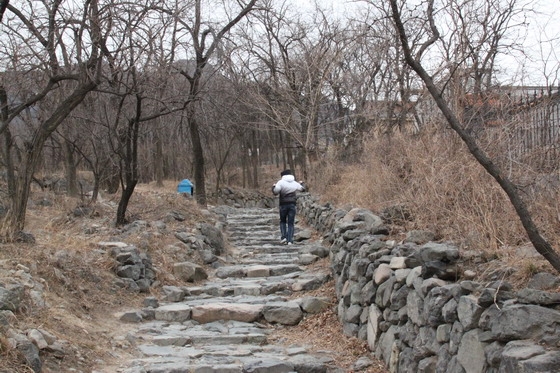
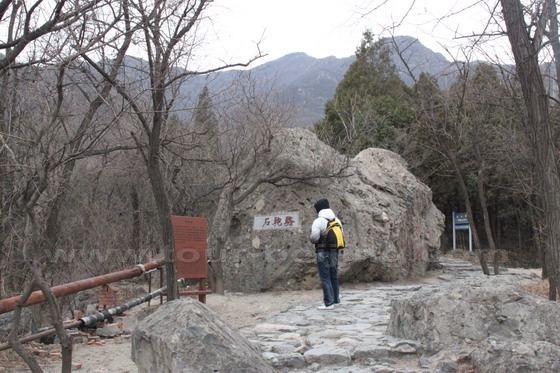
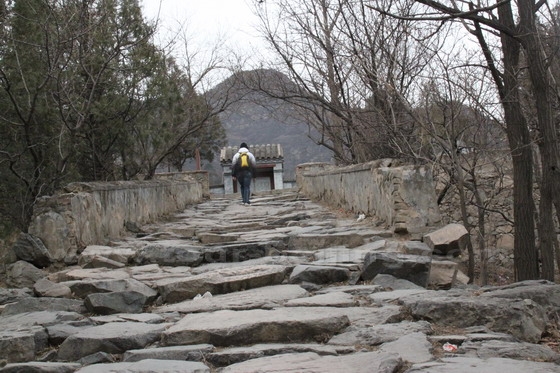
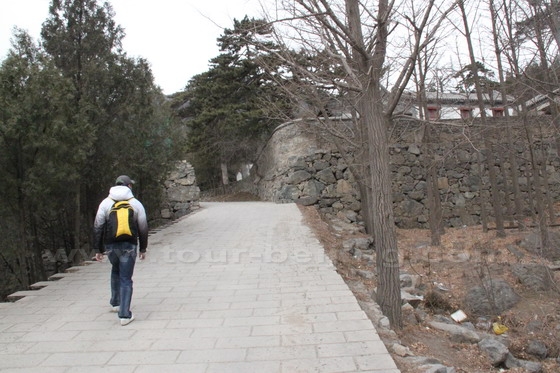
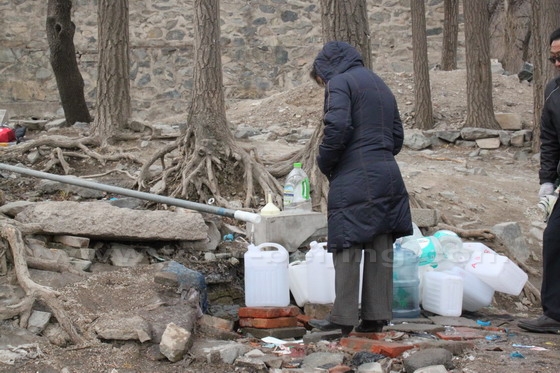
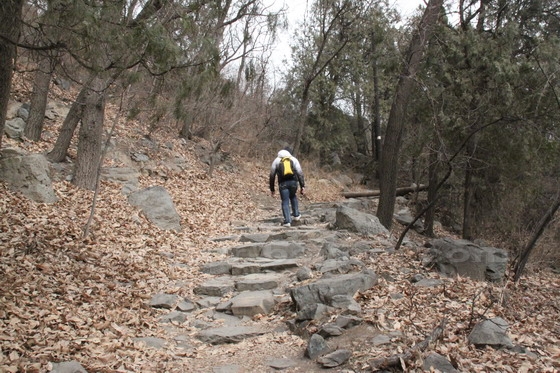
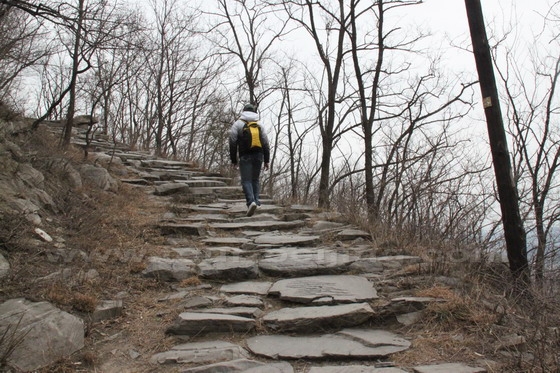
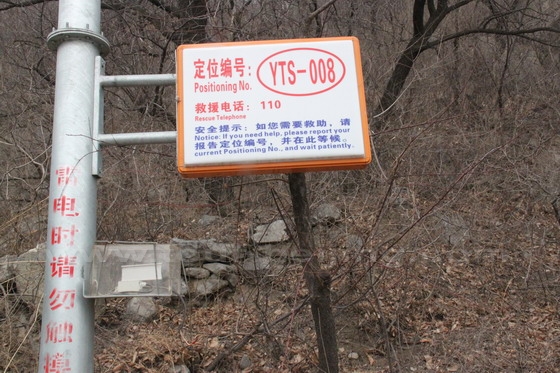
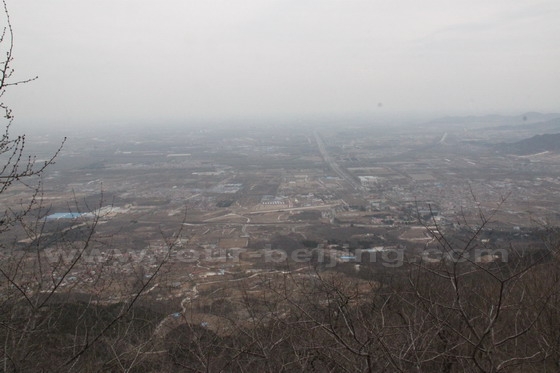
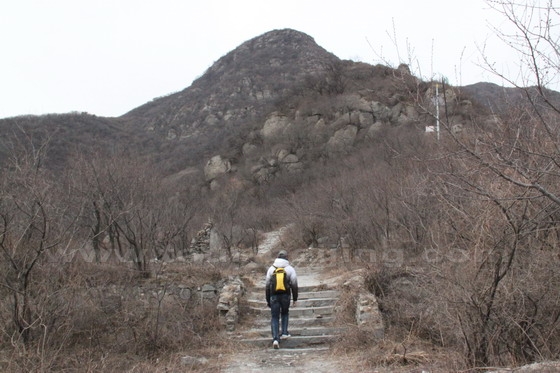
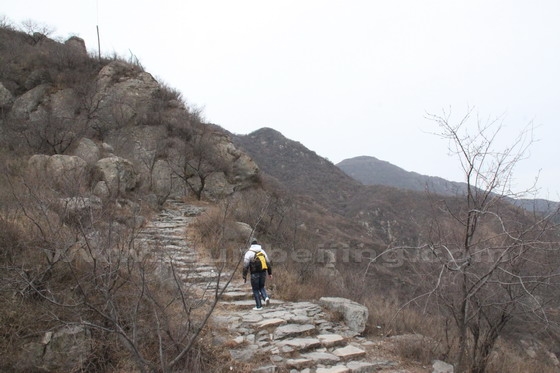
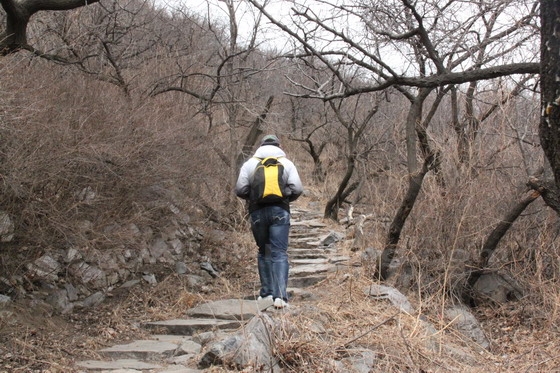
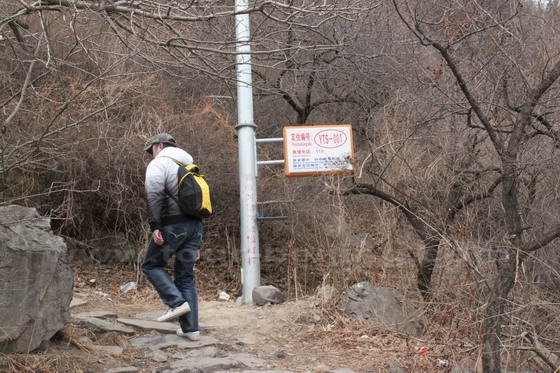
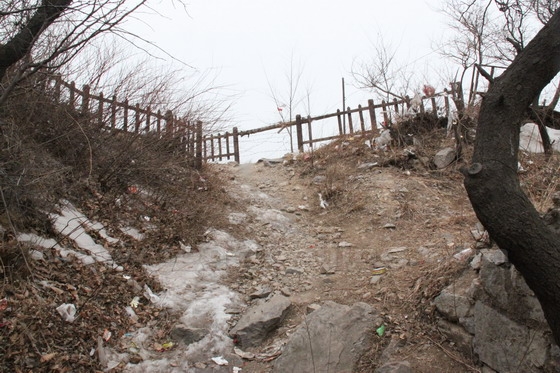
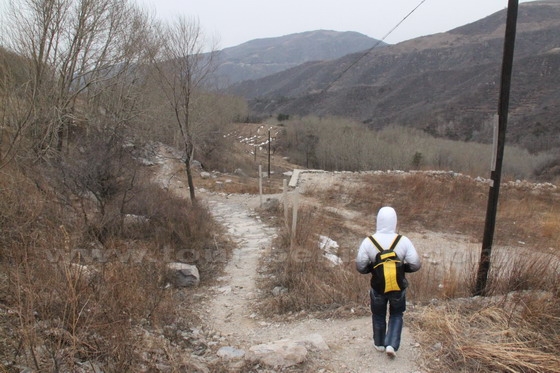
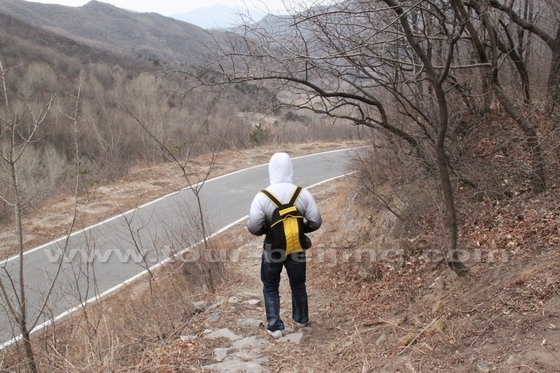
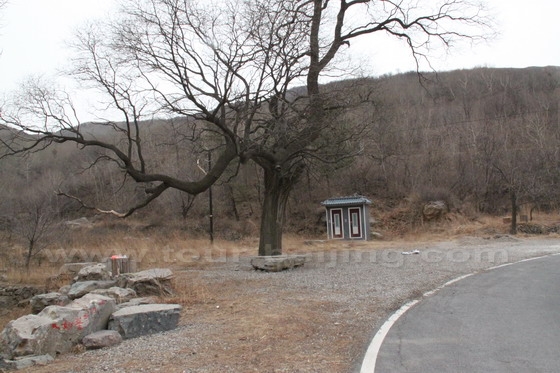
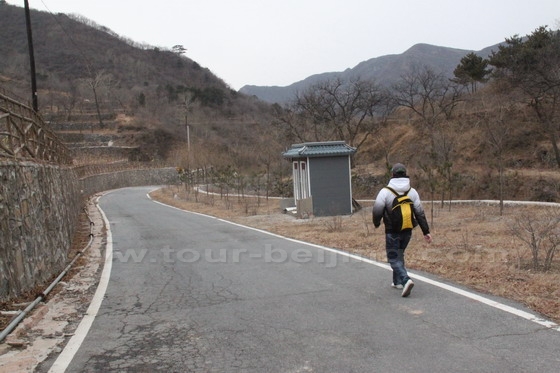
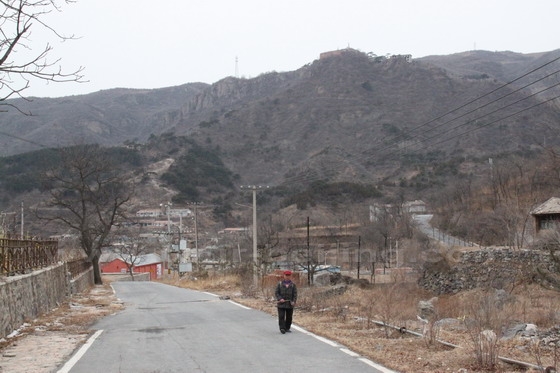
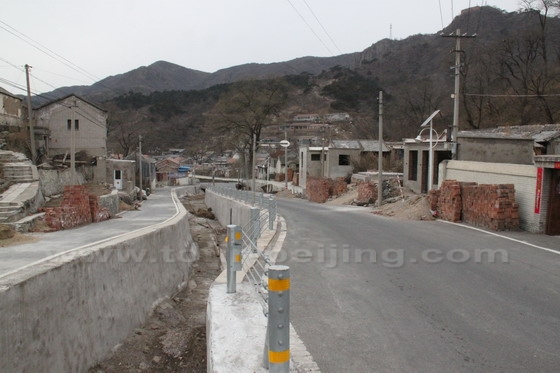
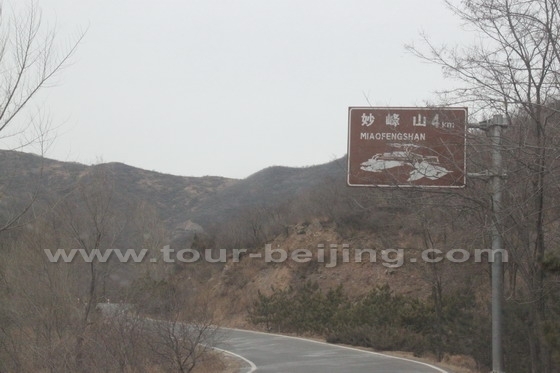
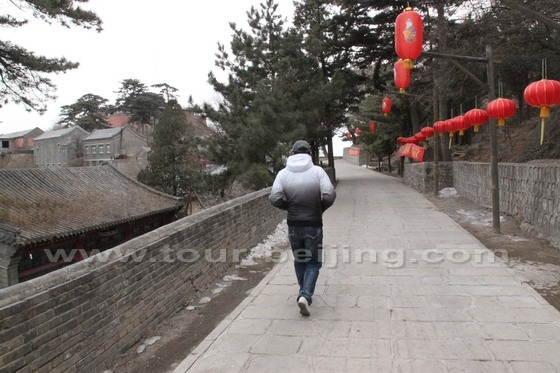
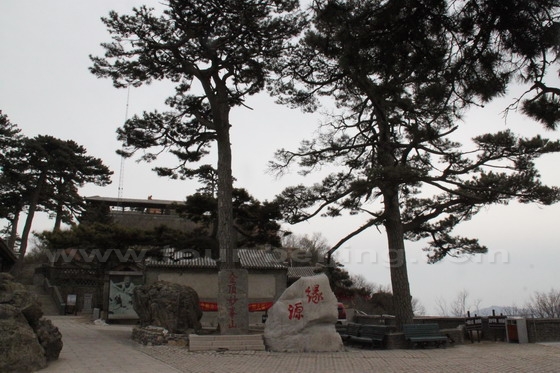
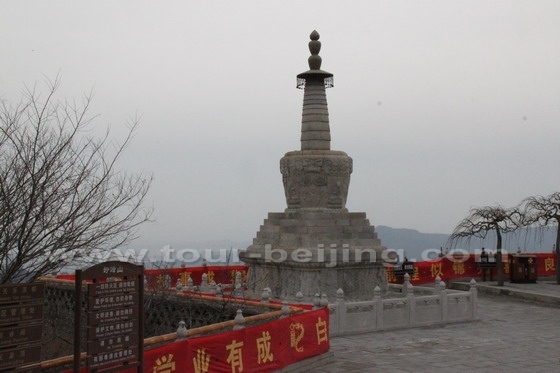
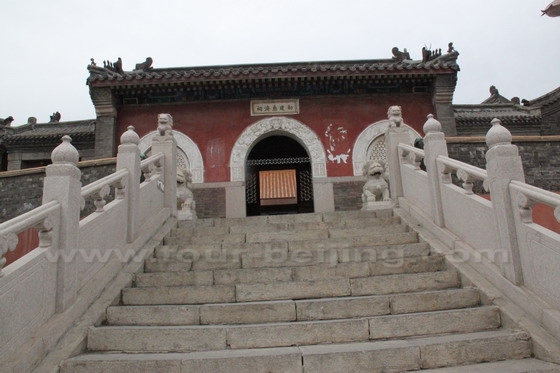
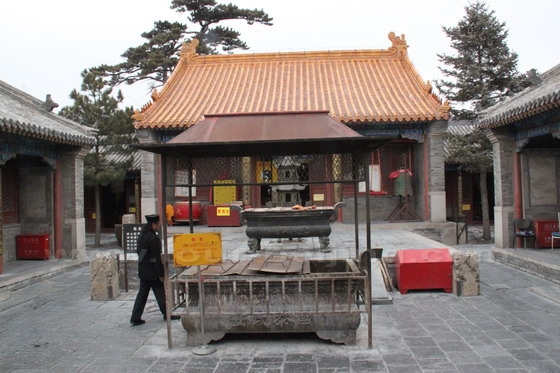
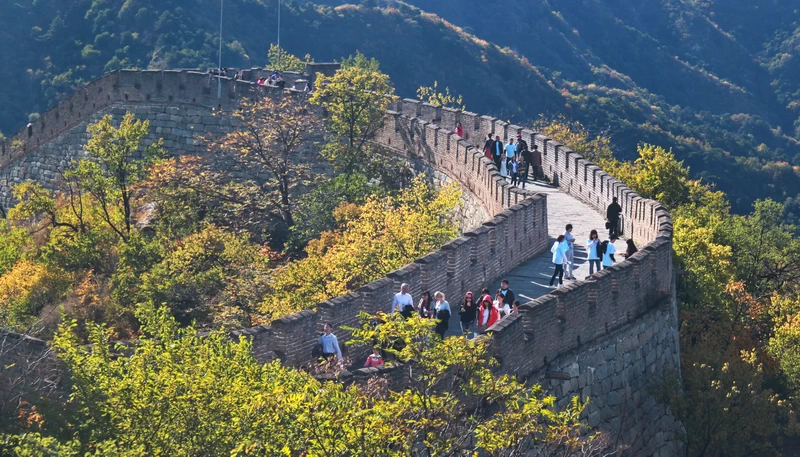
thank you. well done and useful.. keep doing more such excursion trips – but if possible with more explanations and more pictures oft the holy sites.